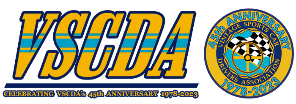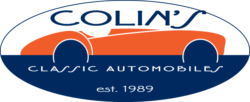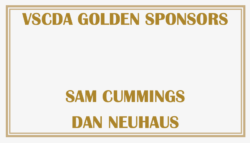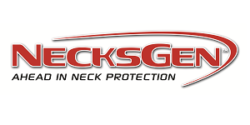Links
2025 Event Information
- Drivers School (May 1-2, 2025)
- Gingerman Race (May 3- 4, 2025)
- Blackhawk Classic (June 13-15, 2025)
- Grattan (August 15-17, 2025)
- Ariens Art on Wheels Vintage Weekend featuring VSCDA (September 12-14, 2025)
- Ozarks Vintage Festival (October 10-12, 2025)
- 47th Anniversary Banquet and Annual Meeting (November 8, 2025)











